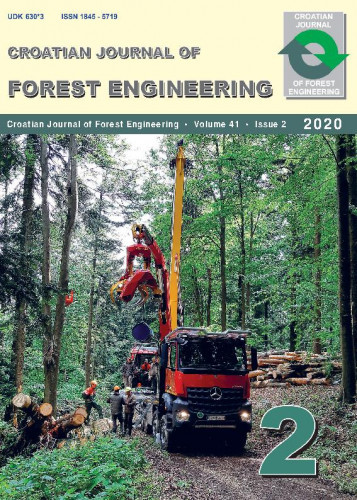Accurate predictions in forest operations can be used towards effective planning, costing, and maximizing the productivity of machines in mechanised cut-to-length (CTL) harvesting. There is a general and substantial gap in forwarder productivity data available for pine sawtimber in South Africa at present, and as the number of product assortments being harvested increase there is a need for more work to quantify the effects of extracting products of different dimensions. The aim of this study was to calculate the time consumption and productivity of two models of Ponsse forwarders (15 t and 20 t capacity) to consider and compare the effects of multiple variables including machine capabilities, product assortment, load size, extraction distance and fuel consumption. Productivity averaged at 34.08 m3 per productive machine hour excluding delays longer than one minute (PMH1) for the smaller machine, and 55.94 m3/PMH1 for the larger machine. Productivity and average log volume were strongly positively correlated. Regression models were created for each machine where load volume and extraction distance were both significant factors for predicting productivity. Average fuel consumption of the smaller machine was 15.55 l/PMH1 and 0.47 l/m3, and 20.57 l/PMH1 and 0.43 l/m3 for the larger machine. The product with the largest volume was found to require the least fuel per m3. The models developed could aid in predicting system productivity and potentially carbon emissions under similar conditions in a South African context of industrial plantation forestry.
Sažetak

 Croatian journal of forest engineering : 41,2 (2020) : journal for theory and application of forestry engineering / editor-in-chief, glavni urednik Tibor Pentek, Tomislav Poršinsky.
Croatian journal of forest engineering : 41,2 (2020) : journal for theory and application of forestry engineering / editor-in-chief, glavni urednik Tibor Pentek, Tomislav Poršinsky.